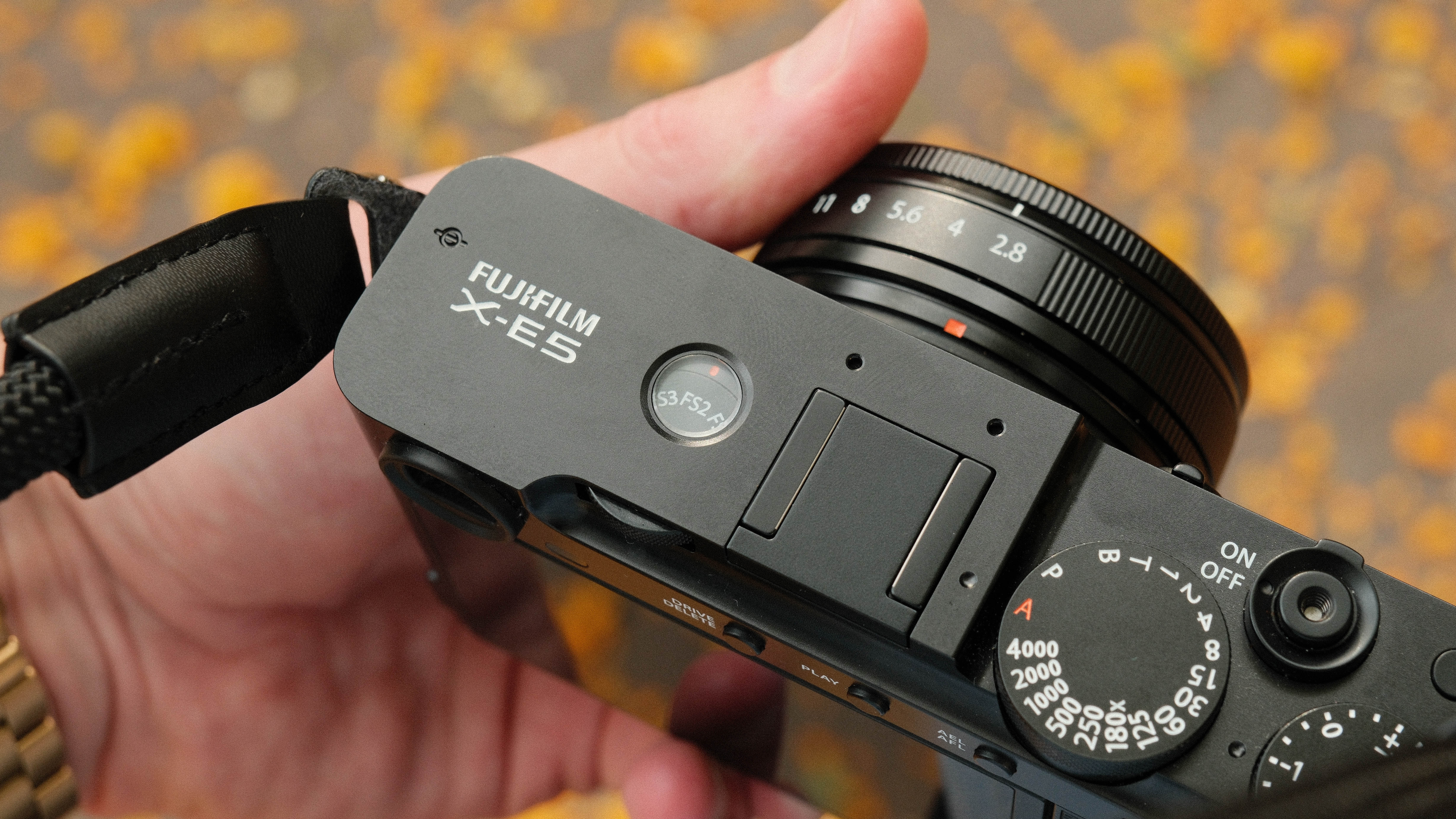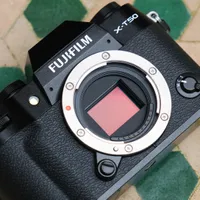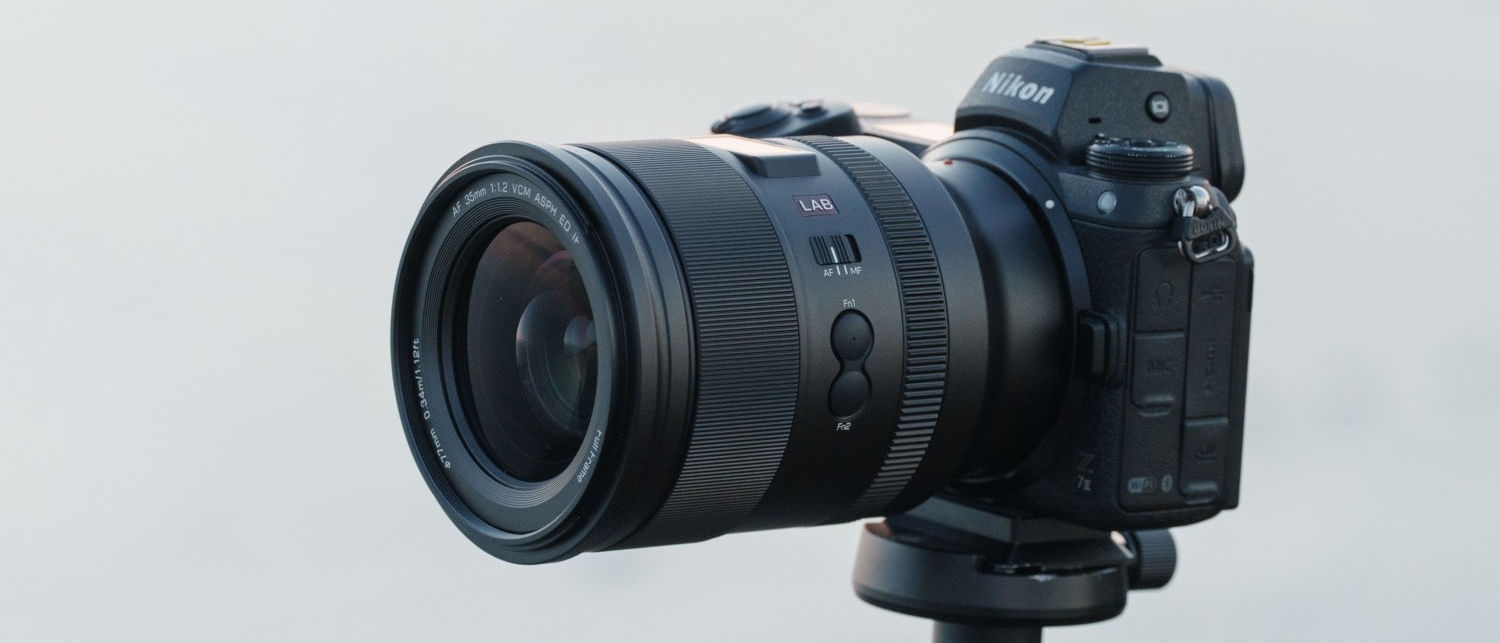Digital Camera World Verdict
The Fujifilm X-E5 largely delivers the compact, rangefinder-style experience I hoped for – but with the elevated build quality and studier grip the last model was sorely missing. Small primes balance beautifully, although it does struggle slightly with larger lenses. New features, including the discreet under-plate film-simulation dial and a new front lever supply extra control without clutter. The new processor raises the resolution, and image quality rivals the X100VI, paired with the new XF 23mm f/2.8 lens. Yet, in the US, the cost has risen significantly, outpacing more premium cameras, although elsewhere the price rise is far more reasonable.
Pros
- +
Much improved grip
- +
Better build quality than X-E4
- +
Best implementation of the film simulation dial yet
- +
Film recipes, aspect ratio and digital zoom all easier to use
Cons
- -
Grip isn’t enough for larger lenses
- -
Price increase over X-E4
- -
Lens aperture not quite as wide as X100VI
Why you can trust Digital Camera World
When Fujifilm unveiled the X-E1 in 2012, it distilled the then-new X-Pro concept into a trim, rangefinder-style body that cost and weighed far less than the flagship X-Pro1, yet kept the same dial-driven shooting experience. The X-E2 and X-E3 continued to shave still more millimetres and buttons, but the X-E4 pushed minimalism to the limit, and its slim, grip-less body became both a selling point and a sore spot for street and travel shooters.
That polarising design, combined with pandemic-era supply woes, saw the X-E4 vanish from retailers after a very short stint on store shelves. However, demand for the X-E line was still there, though, with second-hand prices soaring, so it was only a matter of time before Fujifilm revisited the concept. After a four-year pause, the X-E5’s arrival revives a series whose understated charm has consistently earned a devoted – if niche – following.
But has Fujifilm finally found the perfect balance of a pocket-friendly form with the grip and control that X-E fans crave?
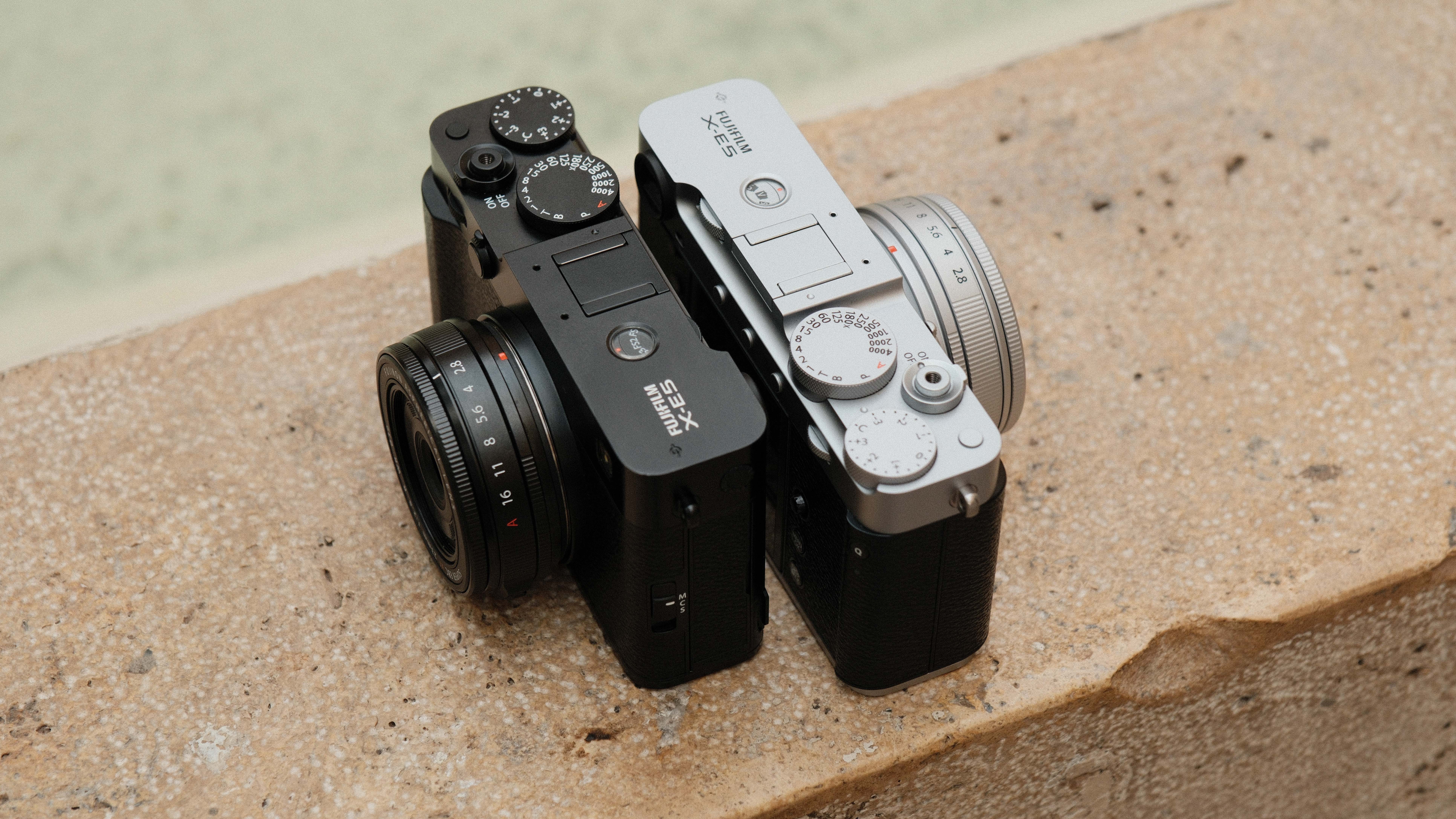
Fujifilm X-E5: Specifications
Sensor | 40.2MP X-Trans CMOS 5 HR |
Processor | X-Processor 5 |
Video | 6.2K30P, 4K60P, 1080/240P, 4:2:2 10-bit F-Log2 |
IBIS | Up to 7.0 stops |
Continuous shooting | 8fps MS, 20fps ES |
EVF | 2.36m dot OLED |
Screen | 3in, 1.62m dot, 2-way tilt touch LCD |
Storage | 1x UHS-II SD card slot |
Battery | NP-W126S (390 shots) |
Fujifilm X-E5: Price
One of the most notable things over the X-E4 is the price. The Fujifilm X-E5 costs $1699 / £1299 for the body only, or $1899 / £1549 with the XF 23mm f/2.8 lens. This is quite the increase over the X-E4, with a launch price of just $849 / £899 for the body only and $1,049 / £999 when bundled with the XF 27mm f/2.8 R WR lens.
But, while it is a significant increase, the X-E5 is a significant upgrade, adding a higher resolution sensor, film simulation dial, front lever, image stabilization, and better build quality. Although, this will do nothing to quell the disappointment of those hoping for a more affordable alternative to the Fujifilm X100VI.
Is it too expensive? Well, it depends on where you are in the world. When it comes to parts, the X-E5 is basically the same camera as the X-T50, and both have similar build qualities. Yet the X-E5 body is $300 more expensive than the X-T50 body ($1,399) – which I already found the price of the X-T50 a little on the expensive side. It is also $100 more than an X100VI ($1,599), or you could buy an X-T5 body ($1,699), which has a larger battery, two card slots, and a higher resolution EVF and LCD!
These Fujifilm cameras might all get more expensive should tariffs cause any more disruption, but for now, on price alone, it's a little confusing. In more stable economies like the UK, the price is a little easier to follow, with the X-E5 body (£1,299) being the same price as an X-T50 (also £1,299), and clearer separation in price between the X100VI (£1,599) and X-T5 (£1,699).
The best camera deals, reviews, product advice, and unmissable photography news, direct to your inbox!
Fujifilm X-E5: Design & Handling
Styling-wise, available in black or silver, the X-E5 isn’t a huge departure from the previous X-E line – although thankfully the new model ditches some of the worst of the X-E4 design choices. Immediately obvious on picking up the camera was the hugely improved design. The X-E4 felt a little cheap and hollow, but the X-E5 feels much more premium and solid, and is up there with the X-T5 and X-T50. This is reflected by the weight gain of the X-E5, with the new model weighing a still very pocketable 445g versus 364g in the previous generation.
The focus on a more premium experience also stretches to the included rope strap, which is really nice, although it does unfortunately lack the option to adjust the length. As someone who never uses the flat-branded straps that come with cameras and ends up buying very similar third-party options, it is very welcome to just get a strap I actually want to use in the box – and I hope Fujifilm adds this to all their cameras going forward.
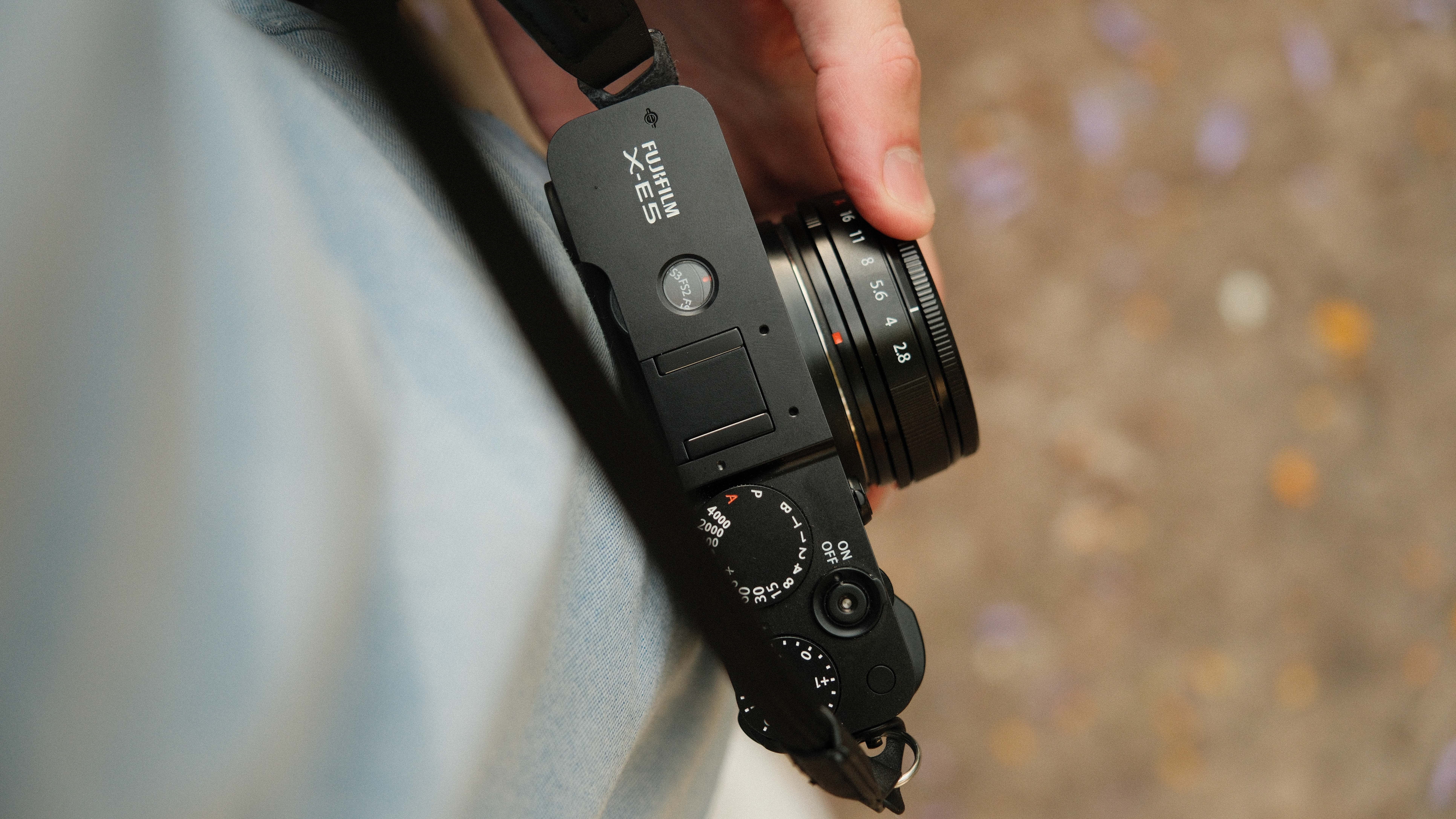
The ergonomics of the camera are also thankfully improved with the return of a grip! The X-E5 has a moulded grip on the front and rear of the camera with the grip set into the shape of the body (à la the X100VI), rather than the X-E3’s more attachment-style grip. It's not substantial, but it is effective enough for fingers at the front and a thumb to grip on the rear. It’s easy and comfortable to hold with the XF 23mm f/2.8, and it would be adequate with most of Fuji’s primes. I did find it a bit more challenging to hold onto the camera with the XF 16-55mm f/2.8, but I’m not really sure if this is really the camera for larger lenses.
The redesigned body extends to the addition of a couple of new features. The X-E5 is one of the latest cameras to get Fujifilm’s film simulation dial, but instead of losing a dial like the X-T50, as most of us feared – the X-E5 has an ingenious way to hide the dial under the top plate of the camera. Like a version of the XPro/X100’s ISO/shutter speed dial, it allows the camera to keep its flat rangefinder-style top, but via a little window, you can cycle through several of Fuji’s top film simulations.

If you have read some of my previous reviews, I’m maybe not the film simulation dial’s biggest fan, but this by far the best implementation yet and finally one I can get on board with!
The film simulation dial (and Fujifilm cameras) are also finally properly embracing film recipes. There are three new slots on the film simulation dial (FS1-3), which can be programmed with a brand new menu for all the parameters of a film recipe. While you could always flick easily between these by assigning one of the buttons to custom profiles – having recipes on the film simulation dial is perhaps the quickest way to access them (albeit only your favorite three). It also enables you to silo the film simulation settings and cameras settings away from each other, so you can change settings for autofocus, microphones etc, and it will change for all recipes, rather than having to change each custom setup indiciducally.
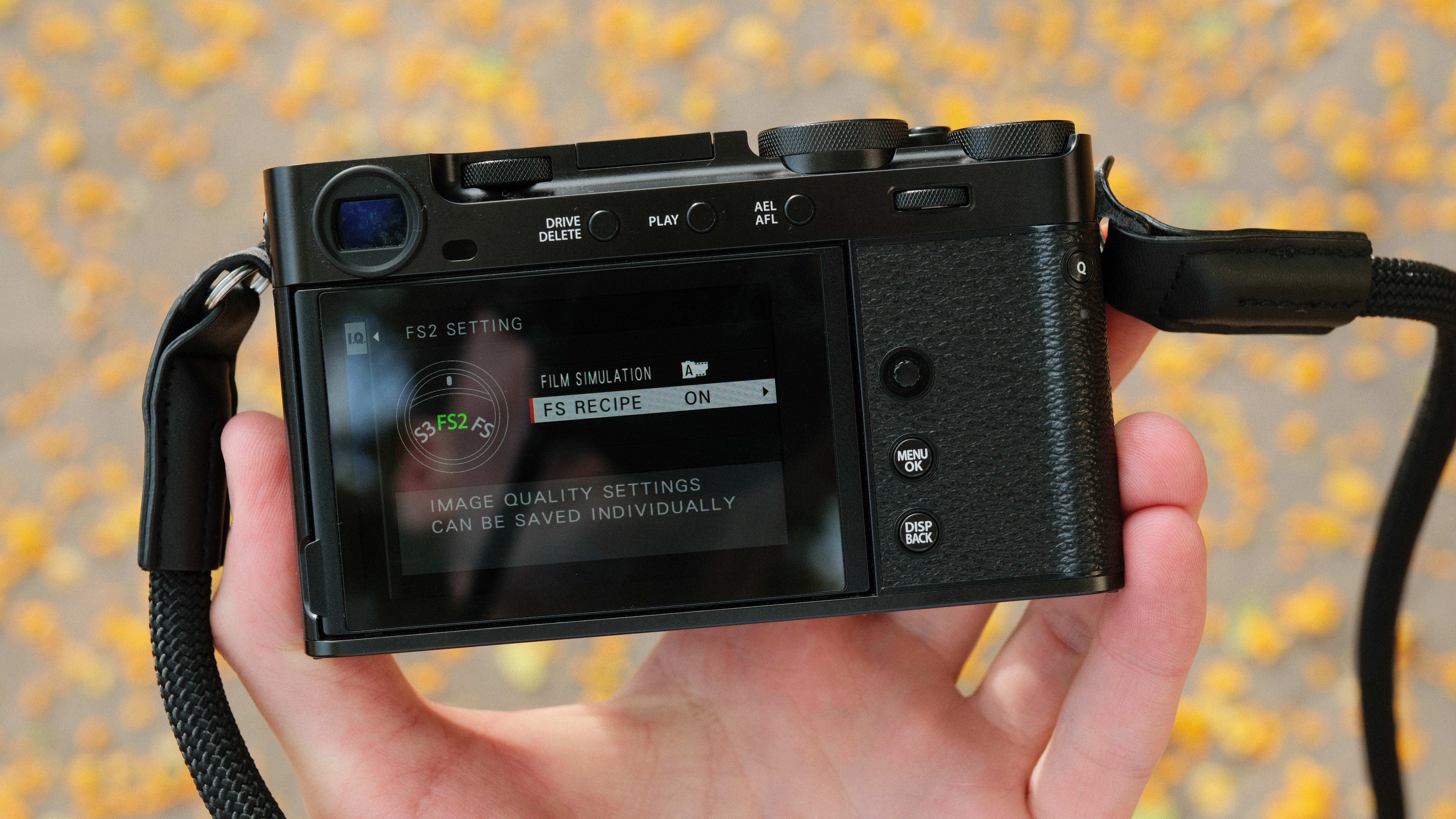
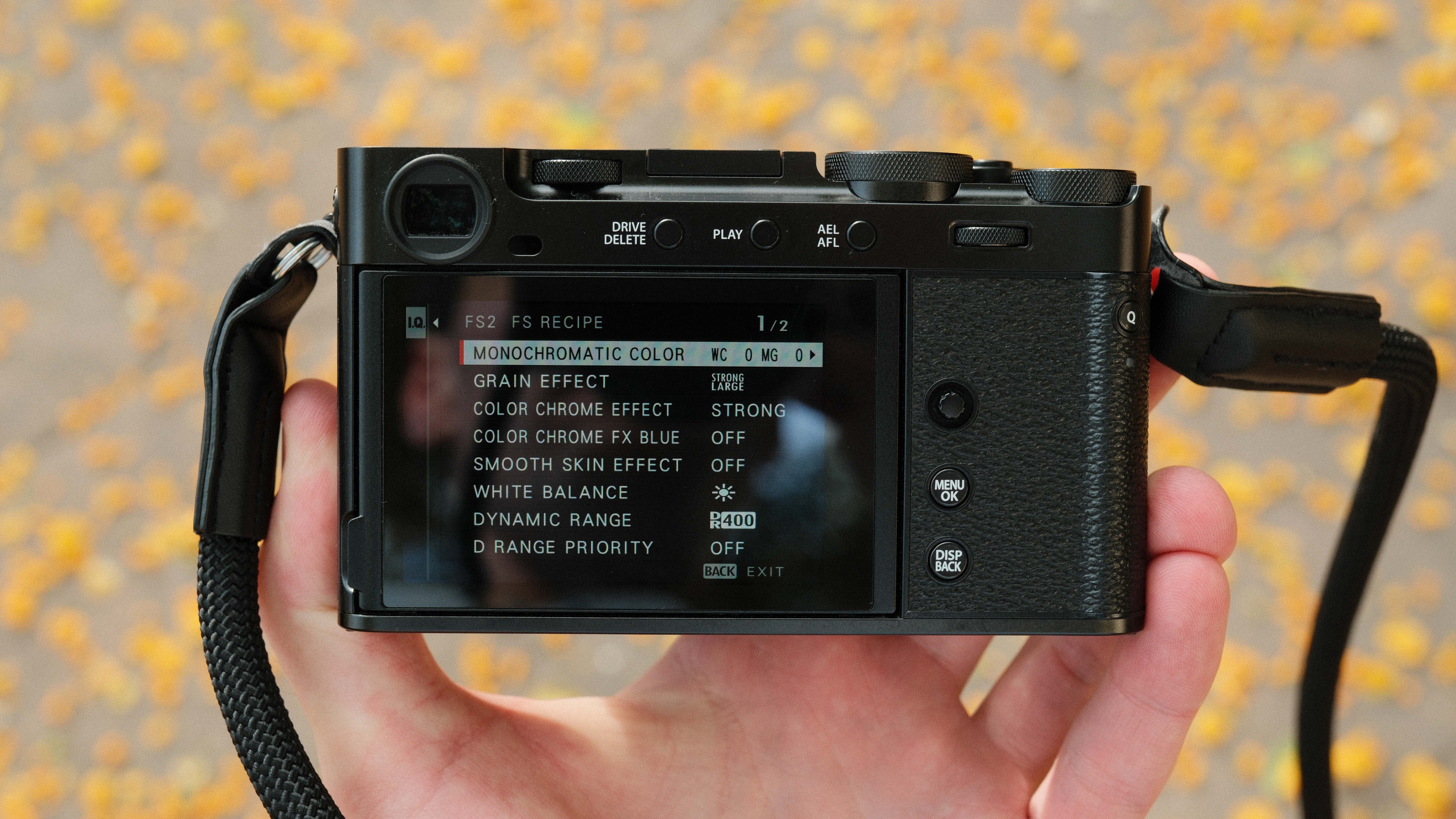
The X-E5 also adds the front lever as found on the X100 or X-Pro cameras. This adds five new controls, with short and long tilts to either side, and a button in the middle. Like pretty much every button on the X-E5, these are all customizable.
But by default, these are set up to control two features taken from the recent GFX100RF. First up – a new menu for easier access to aspect ratios with several of the most common aspect ratios to choose from. However, this will only affect JPEGs, so if you shoot in JPEG+RAW, then you can fall back on your uncropped RAW file if you decide you actually don’t like your chosen JPEG aspect ratio.
There are also new options for changing the appearance of digital zoom. While on previous cameras, using digital zoom cropped the preview image into each zoom level, there are two new choices of either a black box reflecting the framing of each zoom level, or the area outside this frame being greyed out. This should help with trying to capture fast-moving subjects entering the frame, as you can see them coming in from the side and prepare to hit the shutter button that split second earlier.

The screen and EVF are the same size and resolution as the X-T50. Both are good; the EVF isn’t the largest or highest quality you’re going to find, but it is easy to compose with and solid for the price and size of the camera. The screen is good quality and pretty bright for viewing outdoors. It did a great job in a very sunny Valencia, except in the harshest direct light. Similar to the X100VI, the screen is only tilting, but it does tilt 180º and flip up over the camera, making selfies and vlogging possible (although this still likely wouldn’t be the first choice vlogging camera). It's a really useful feature though, and something I really wish my X100VI could do.
Fujifilm X-E5: Performance
When it comes to image quality, the X-E5 has been updated to Fujifilm’s tried and tested 40MP X-Trans V sensor and X-Processor 5, which offer both a big resolution and autofocus improvement over the previous model. As this is the same sensor and processor as first used in the X-T5 released 5 years ago, and subsequently used in several models since, there is not much new to report, same great image quality, dynamic range is great, noise is well controlled. The X-E5 also sports the color science and the same film simulations/recipes that have won over a legion of fans.

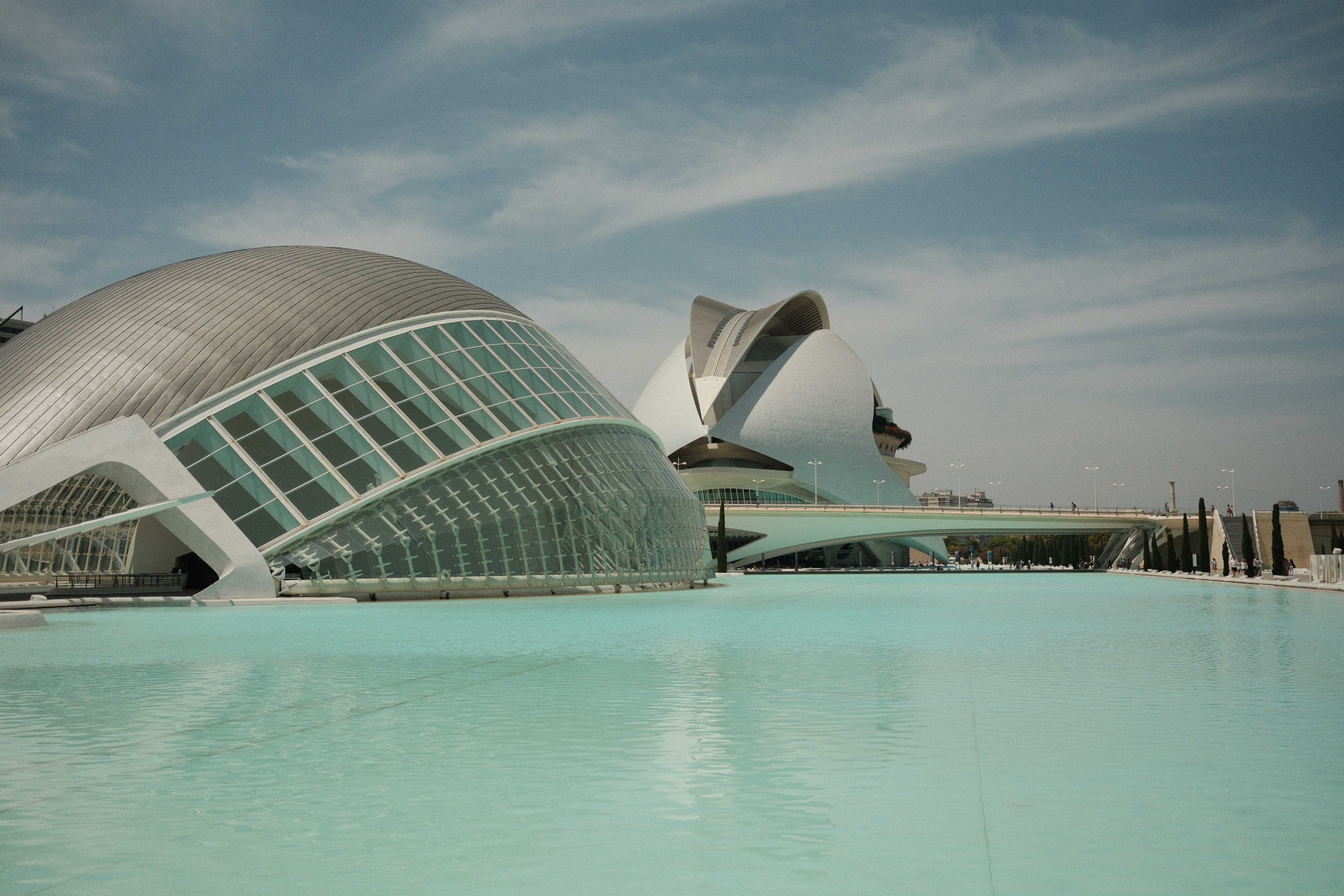
And while this is not a full review of the lens, it is likely that most people are going to buy the X-E5 bundled with it, so paired with the new XF 23mm f/2.8 lens, images are very sharp. The only slightly disappointing aspect is that the lens’ aperture of f/2.8 can’t quite match the f/2 on the X100VI, which doesn’t quite make this a perfect alternative to the X100VI for those who might want to stick another lens on from time to time.
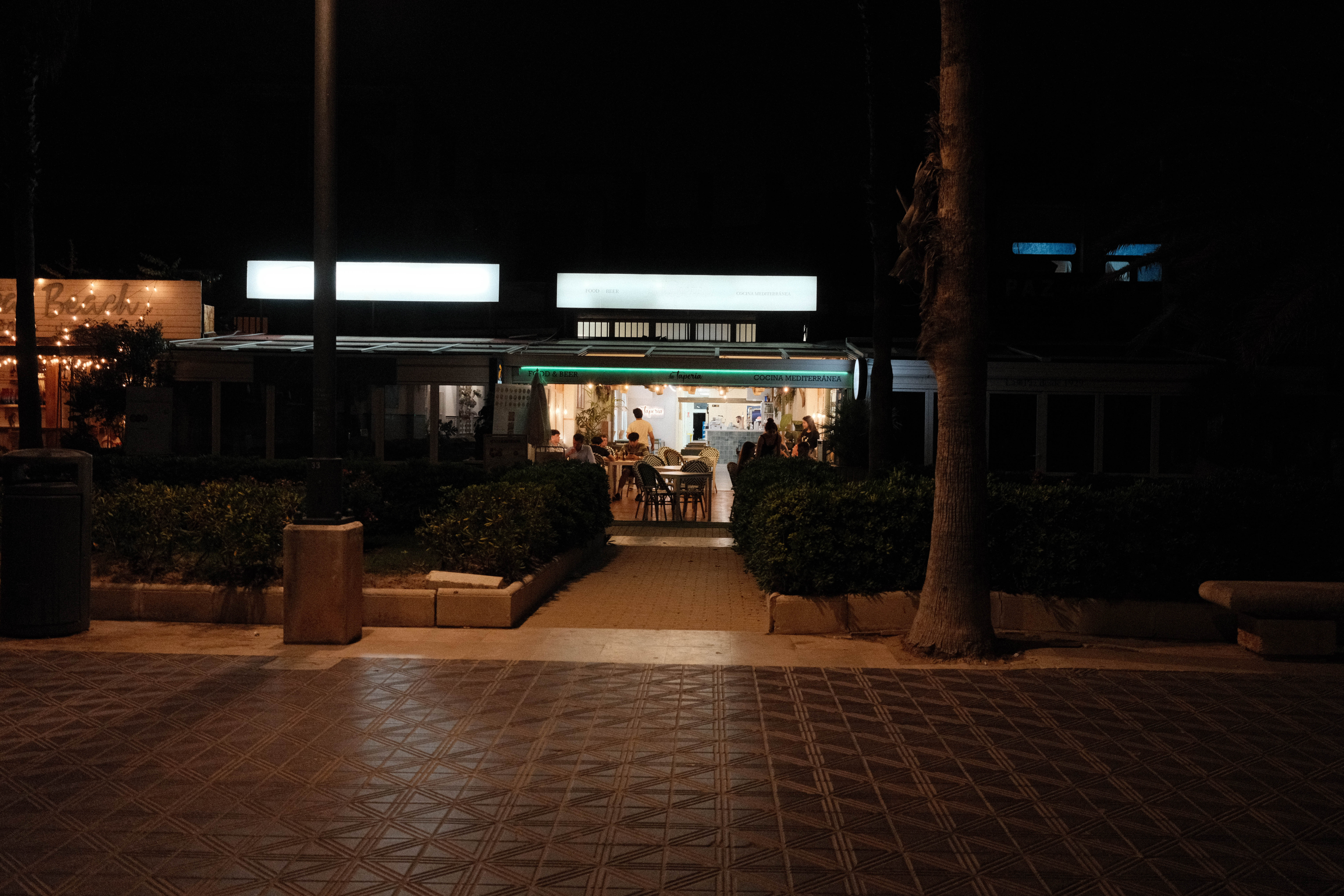
Fujifilm X-E5: Sample Images
These images were all shot in Valencia in Spain over the course of a few days. All images below were shot with the Fujifilm X-E5 and the brand new Fujifilm XF 23mm f/2.8 R WR lens. (The X-E5 will be sold body only, or with the option to buy the lens bundled with the camera.) Images are shot in mixed lighting, using a couple of different film simulations, as well as custom film recipes.
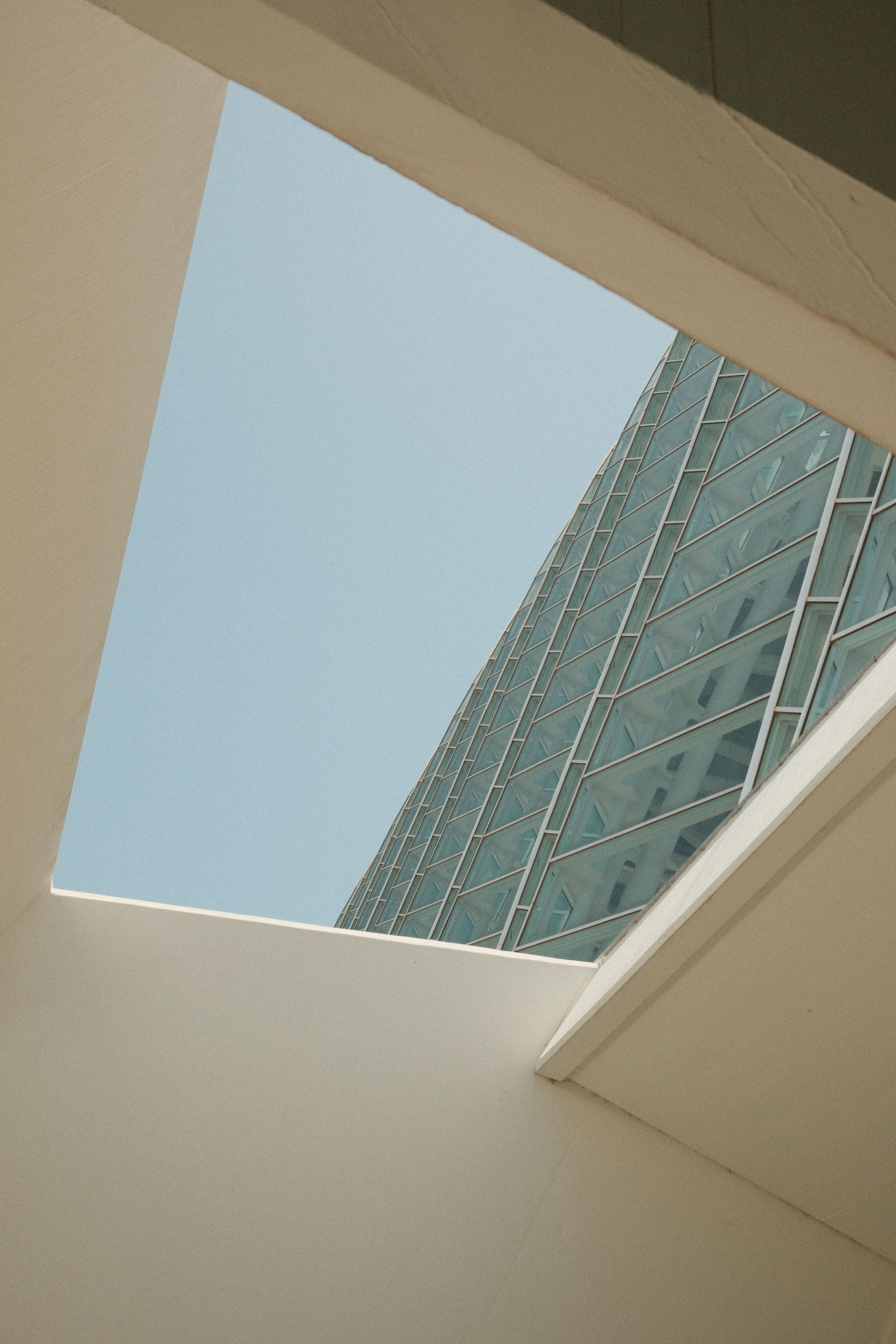
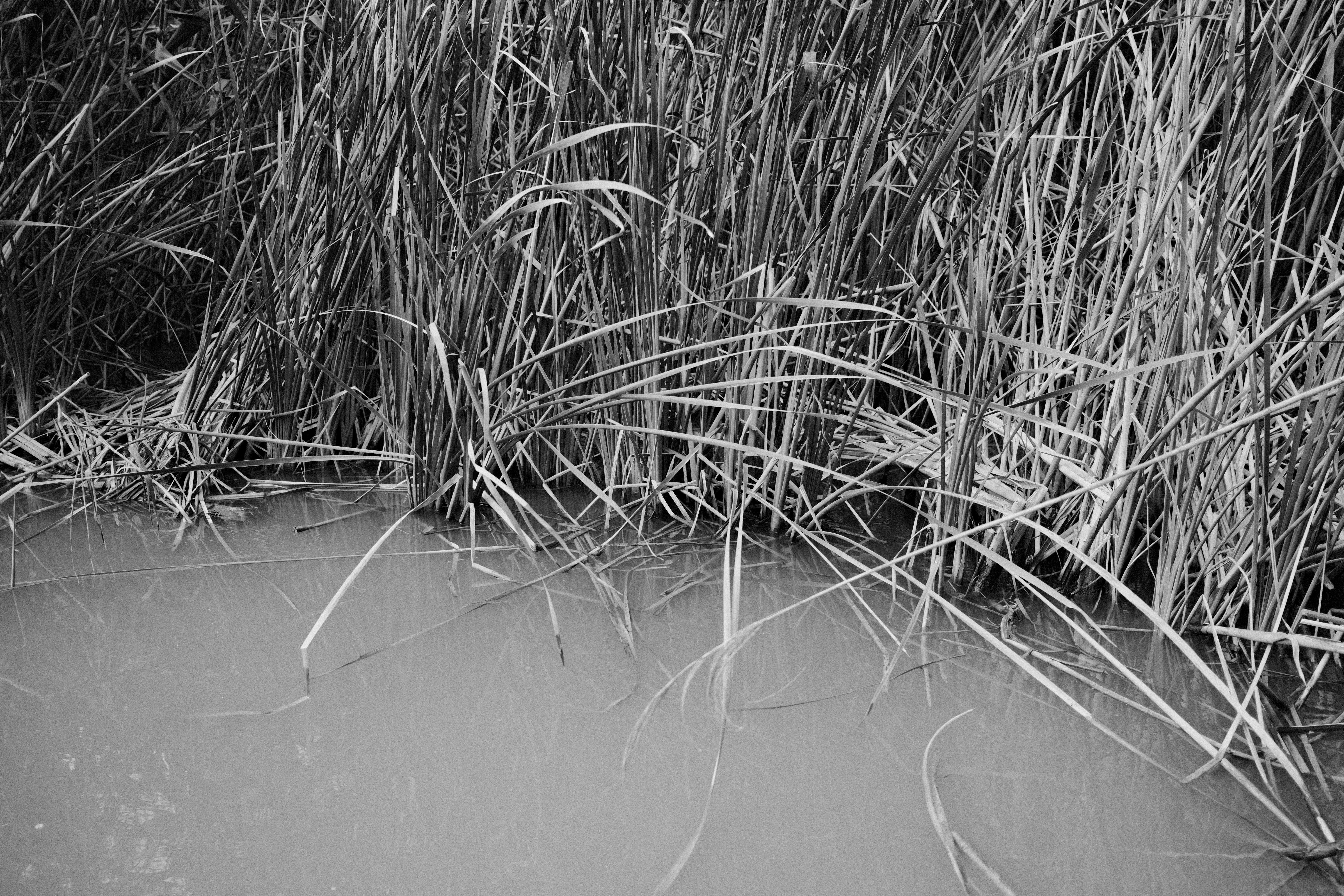

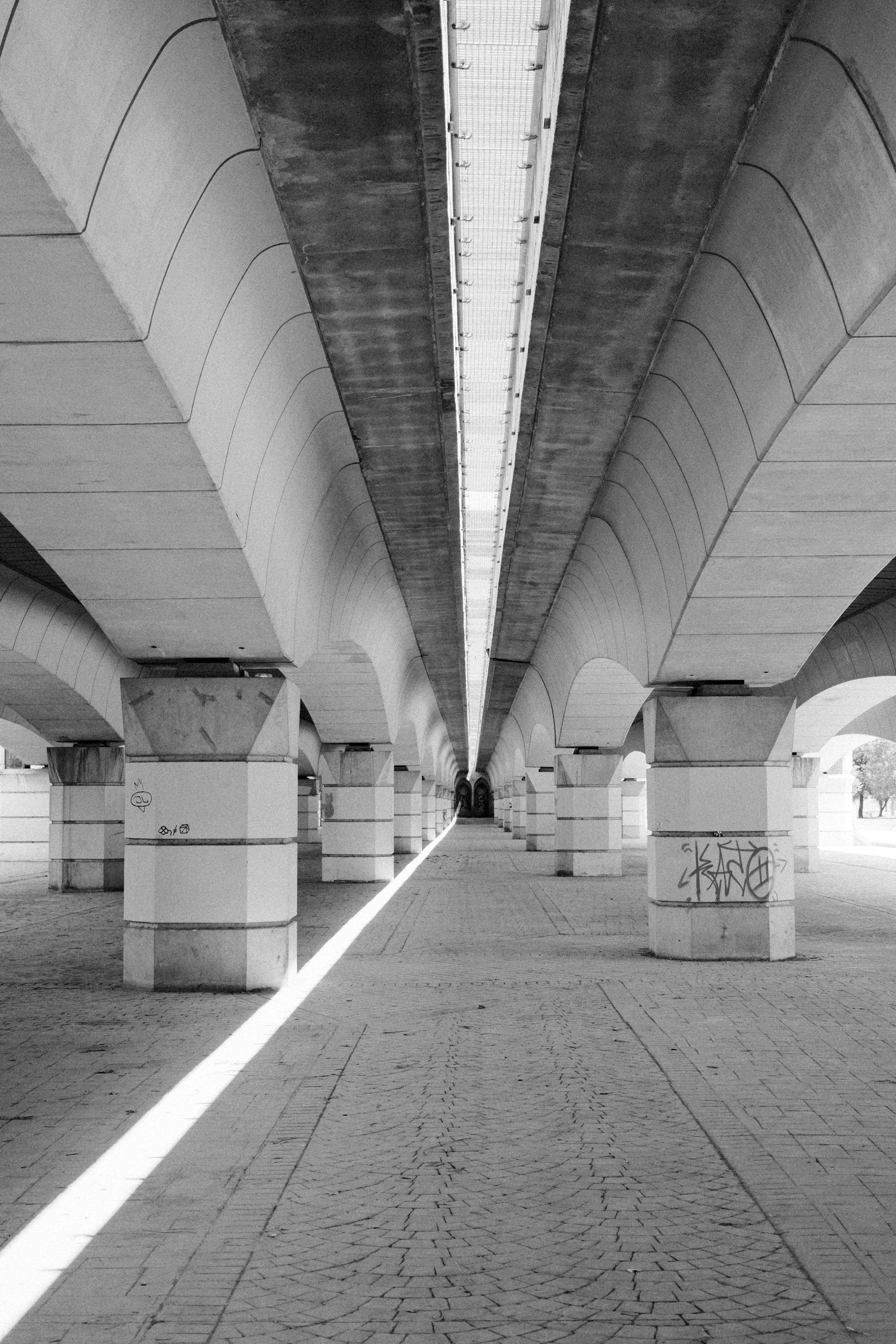
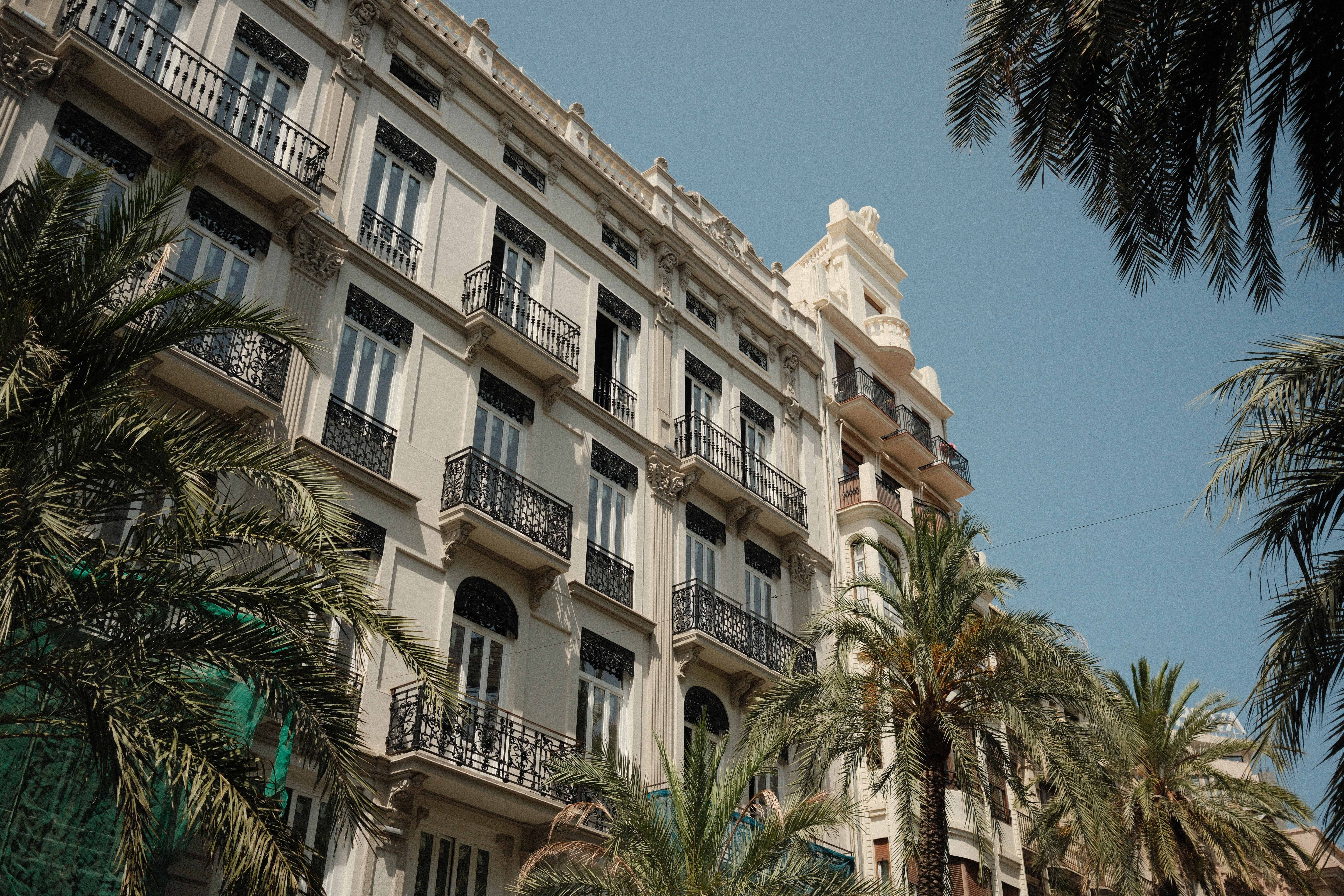
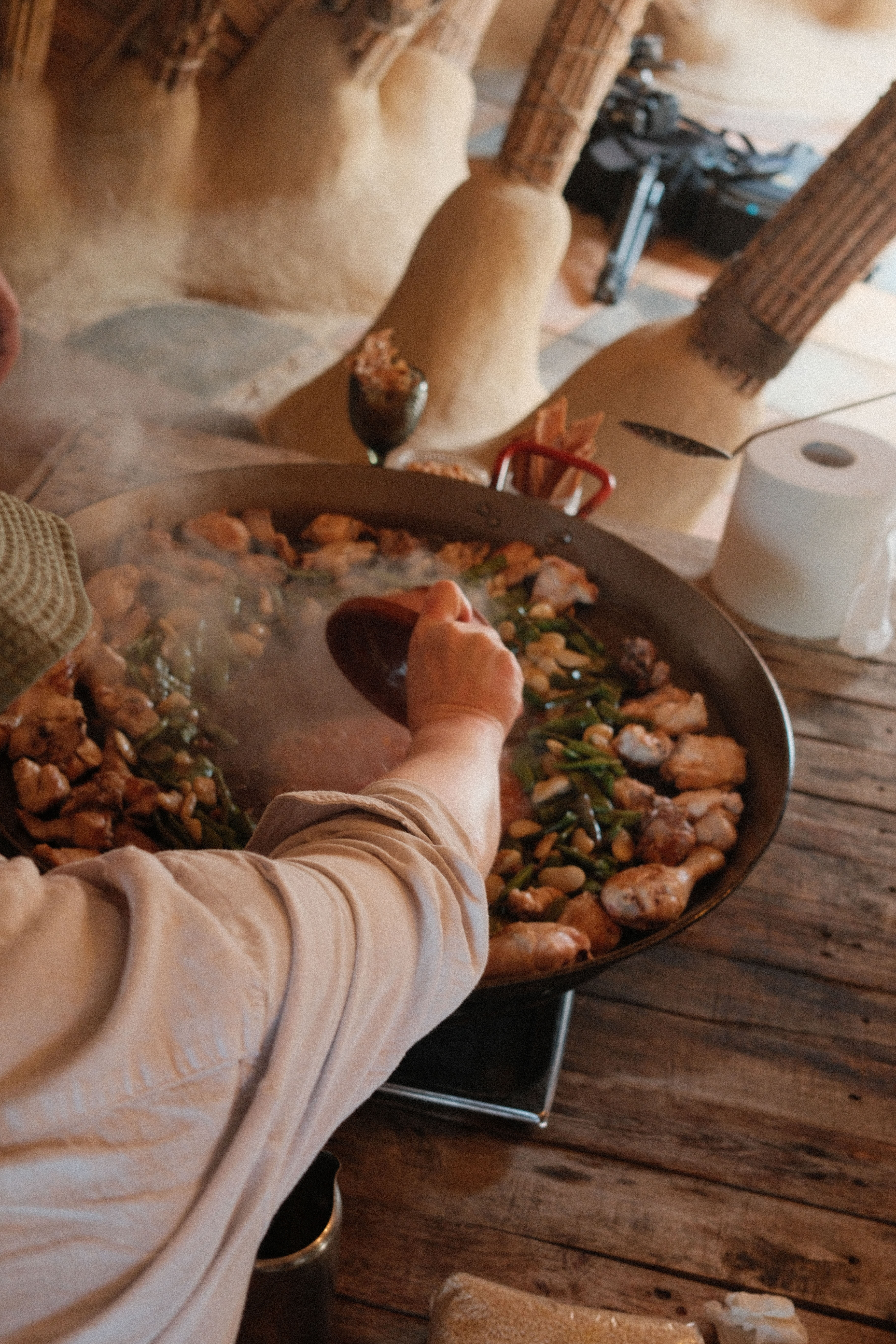



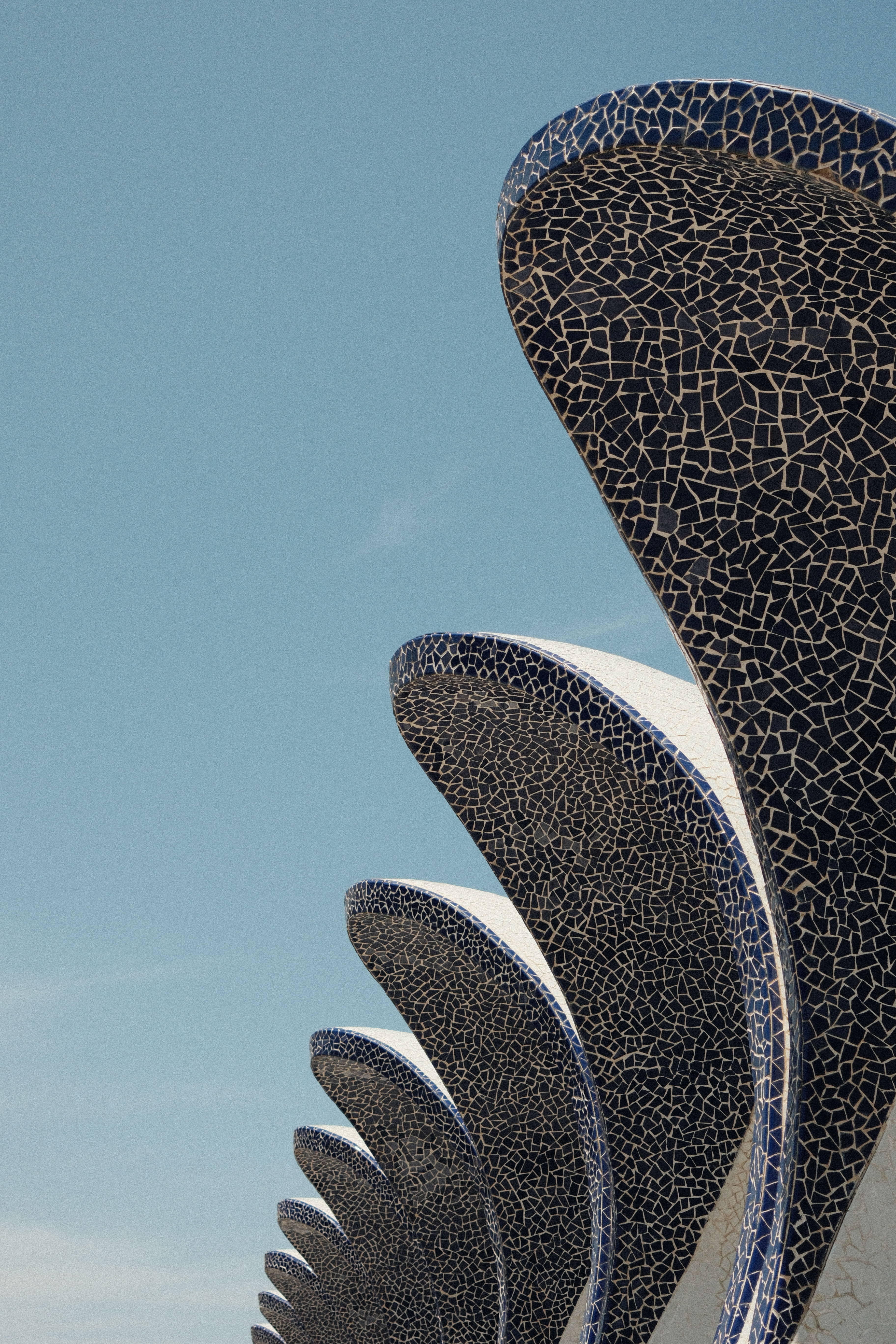
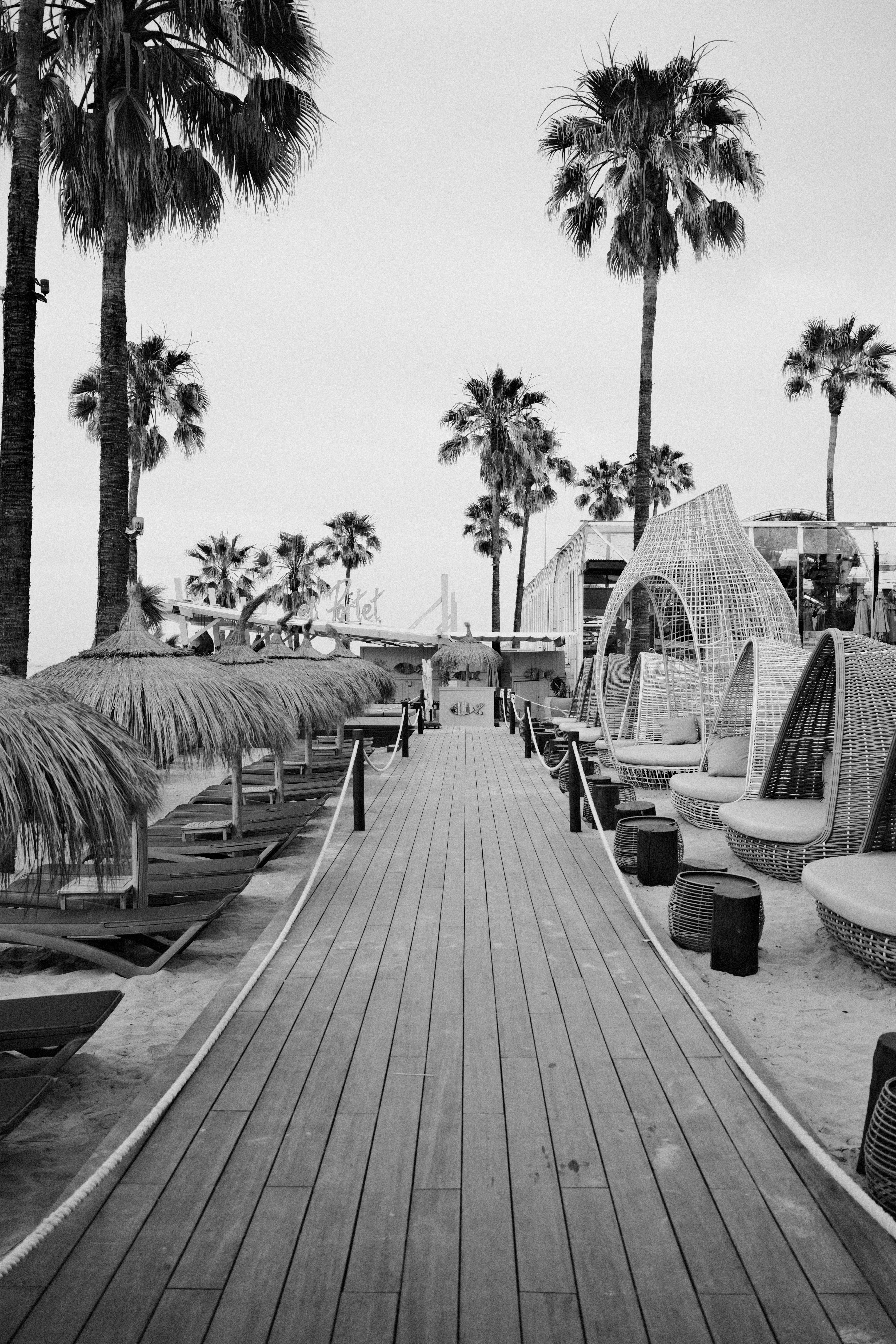

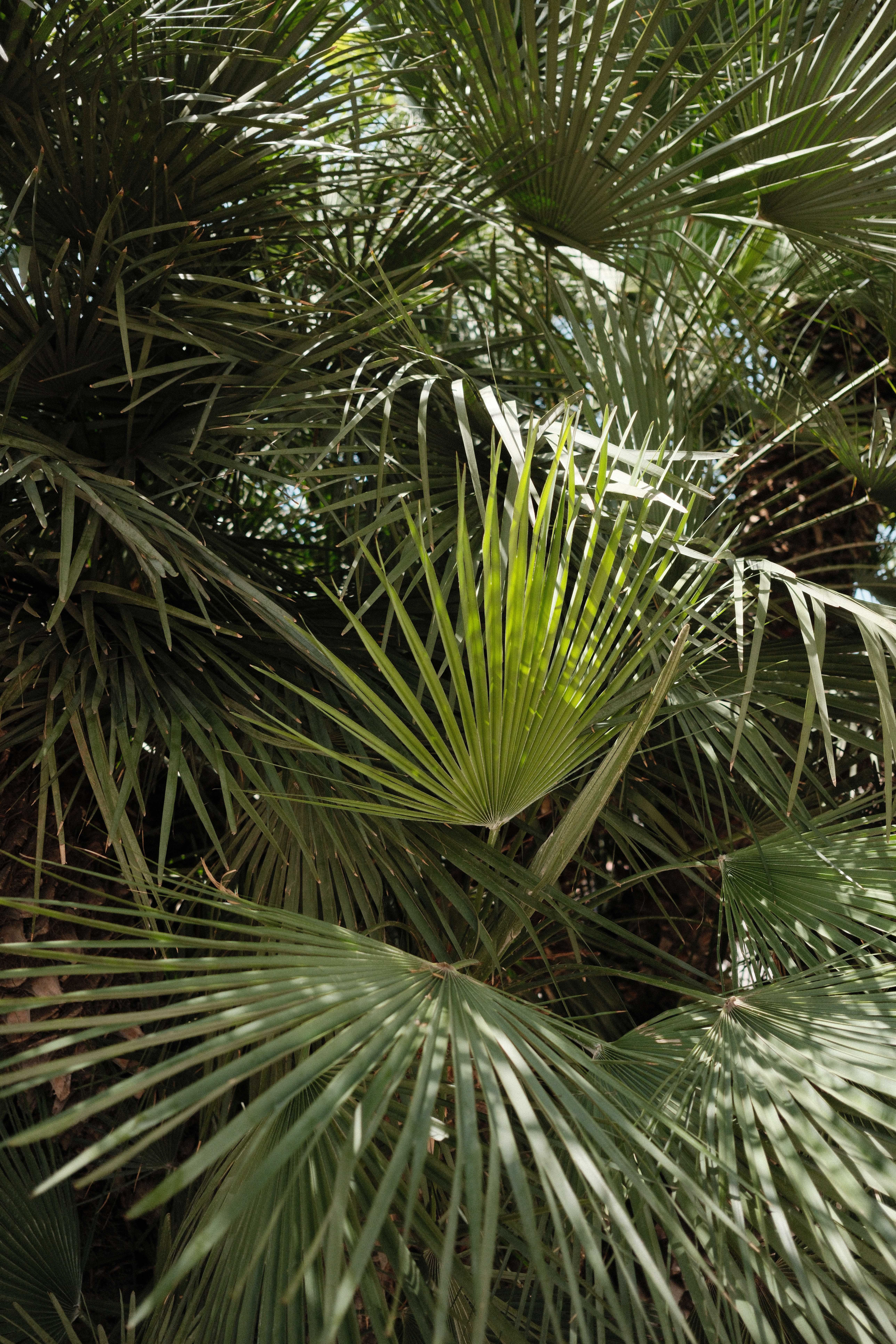



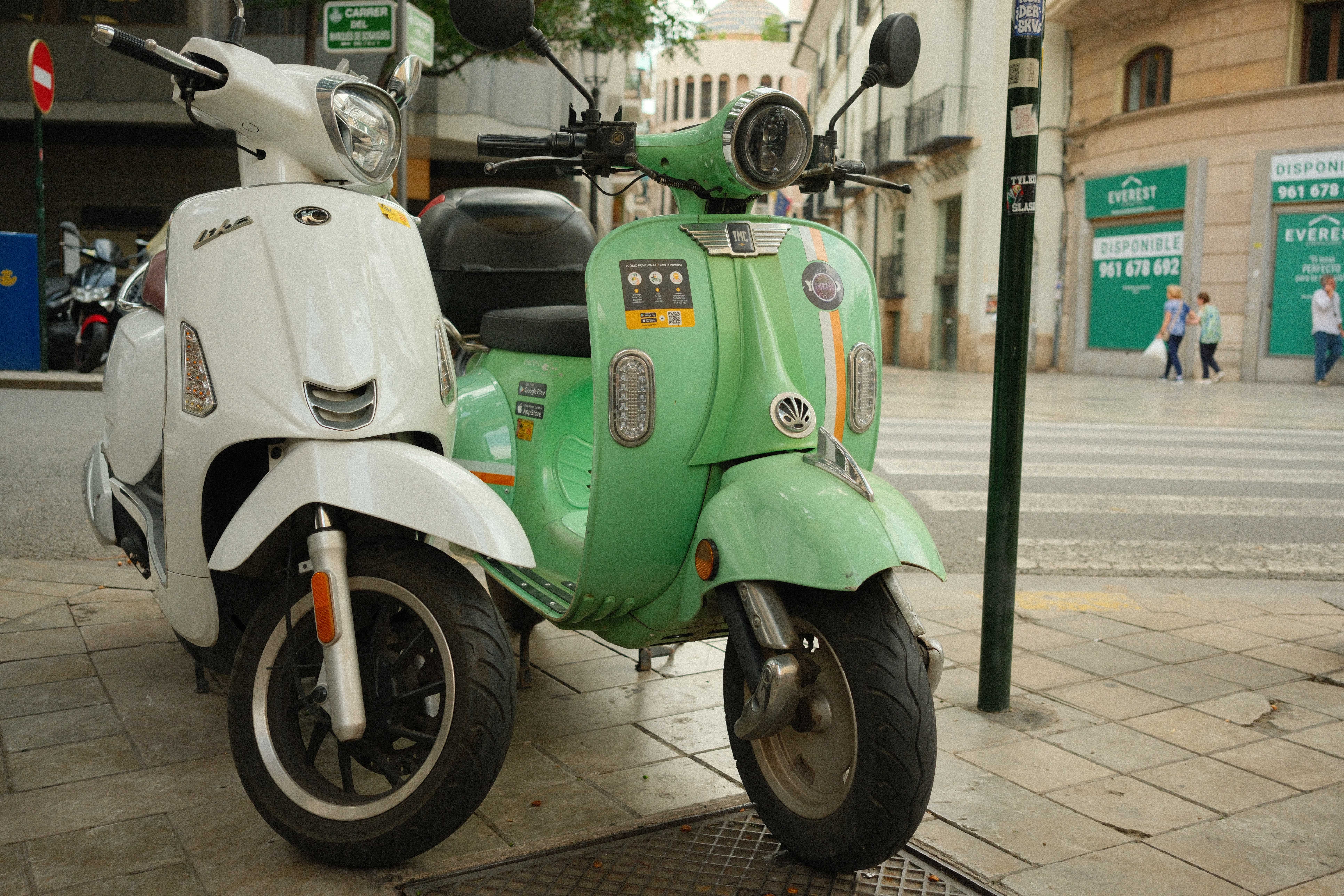


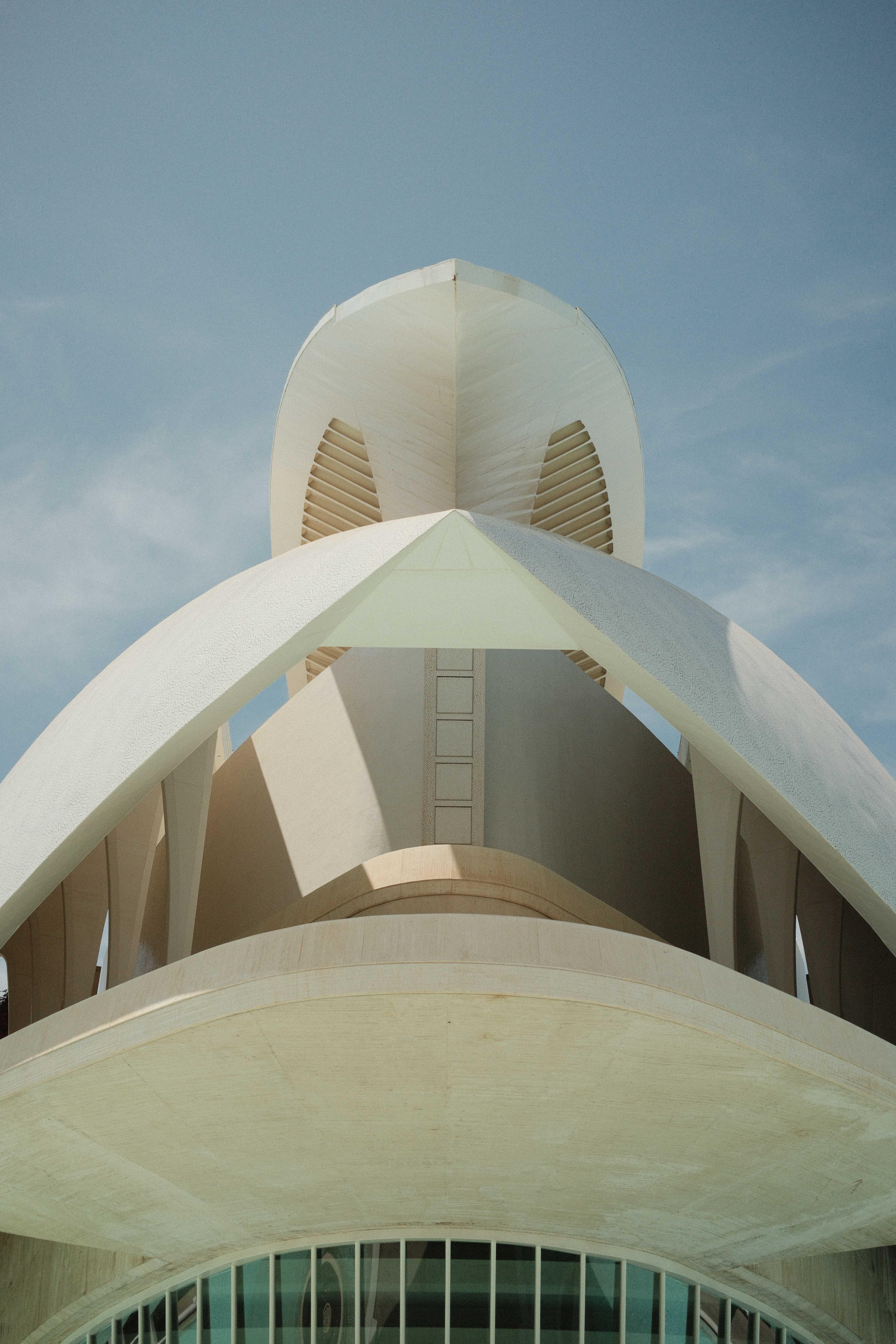
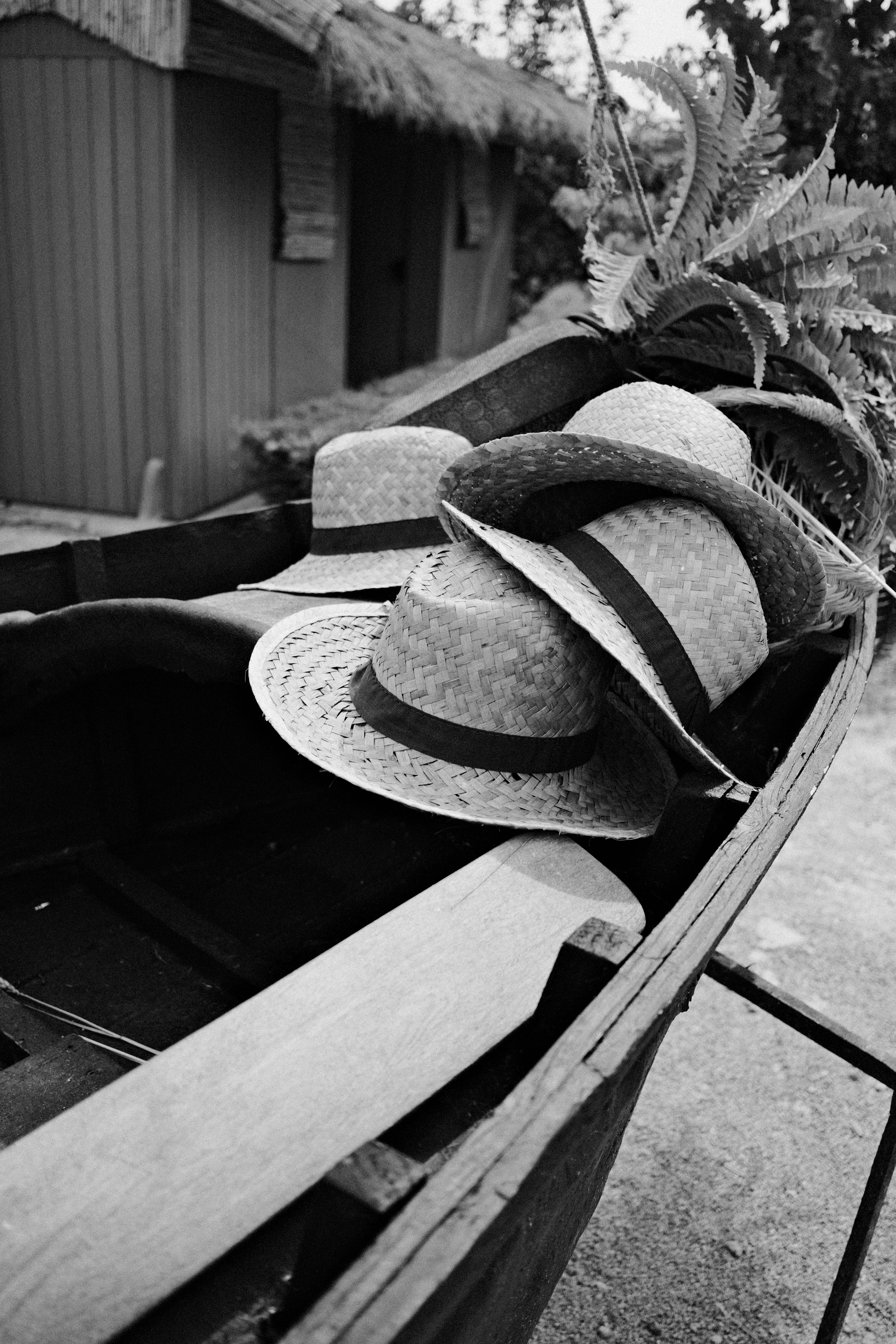
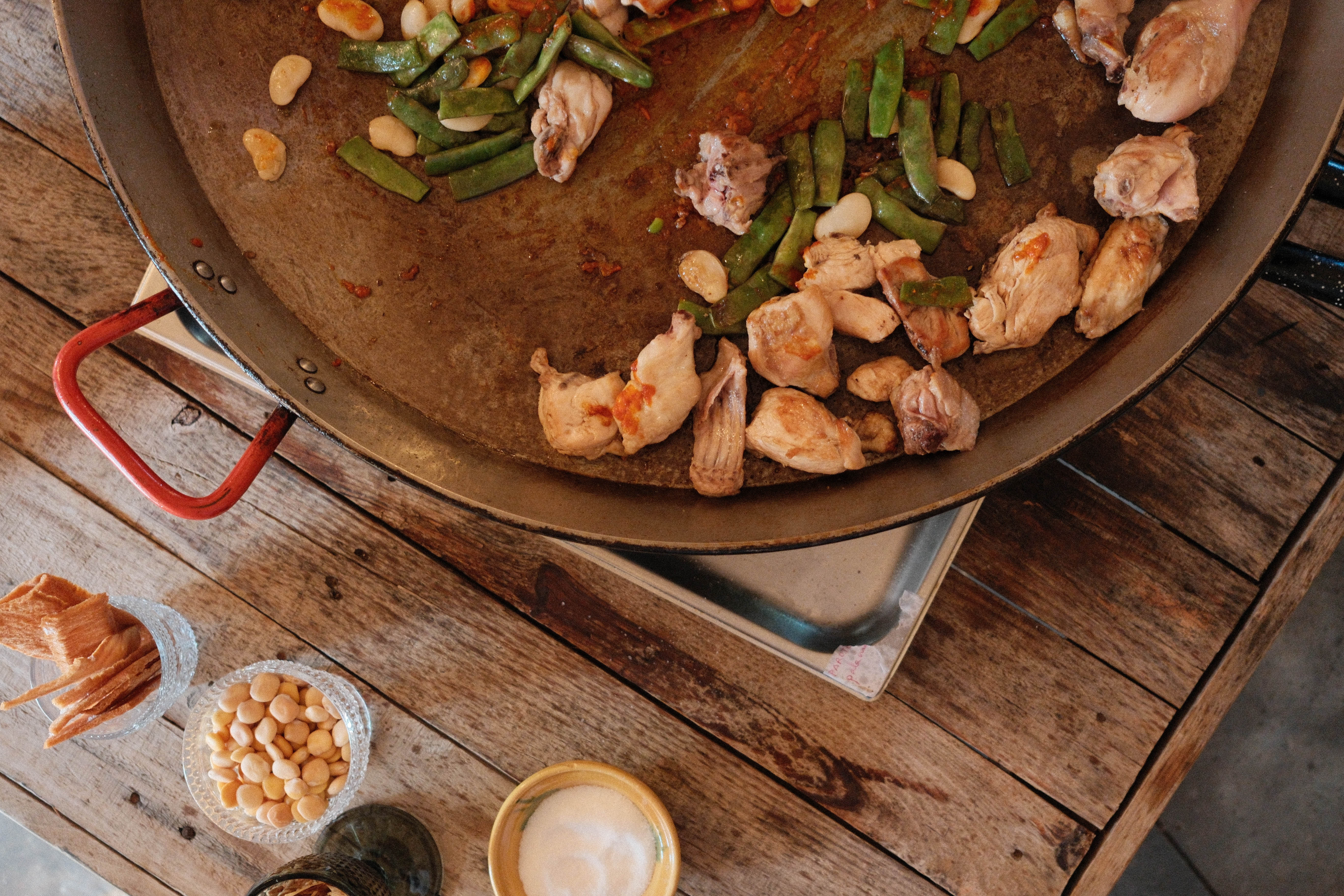
Fujifilm X-E5: Lab results
For our lab data comparison we compared the X-E5 to its X-T50 stablemate, as the two cameras are similarly priced and share some key components. The Panasonic Lumix S9 is another mirrorless interchangeable lens camera with an especially svelte body design, and despite being a full-frame camera, it costs less to buy than the X-E5 in the US. The OM System OM-3 has a similar retro aesthetic to the X-E5, though it is a bit more expensive.
Resolution (line widths/picture height):

The 40MP X-E5 was always going to resolve significantly more fine detail than cameras like the Lumix S9 and OM-System OM-3. Subtle processing and firmware improvements likely explain why the X-E3 performs marginally better than the X-T50, despite the two cameras sharing the same sensor.
Dynamic range (EV):
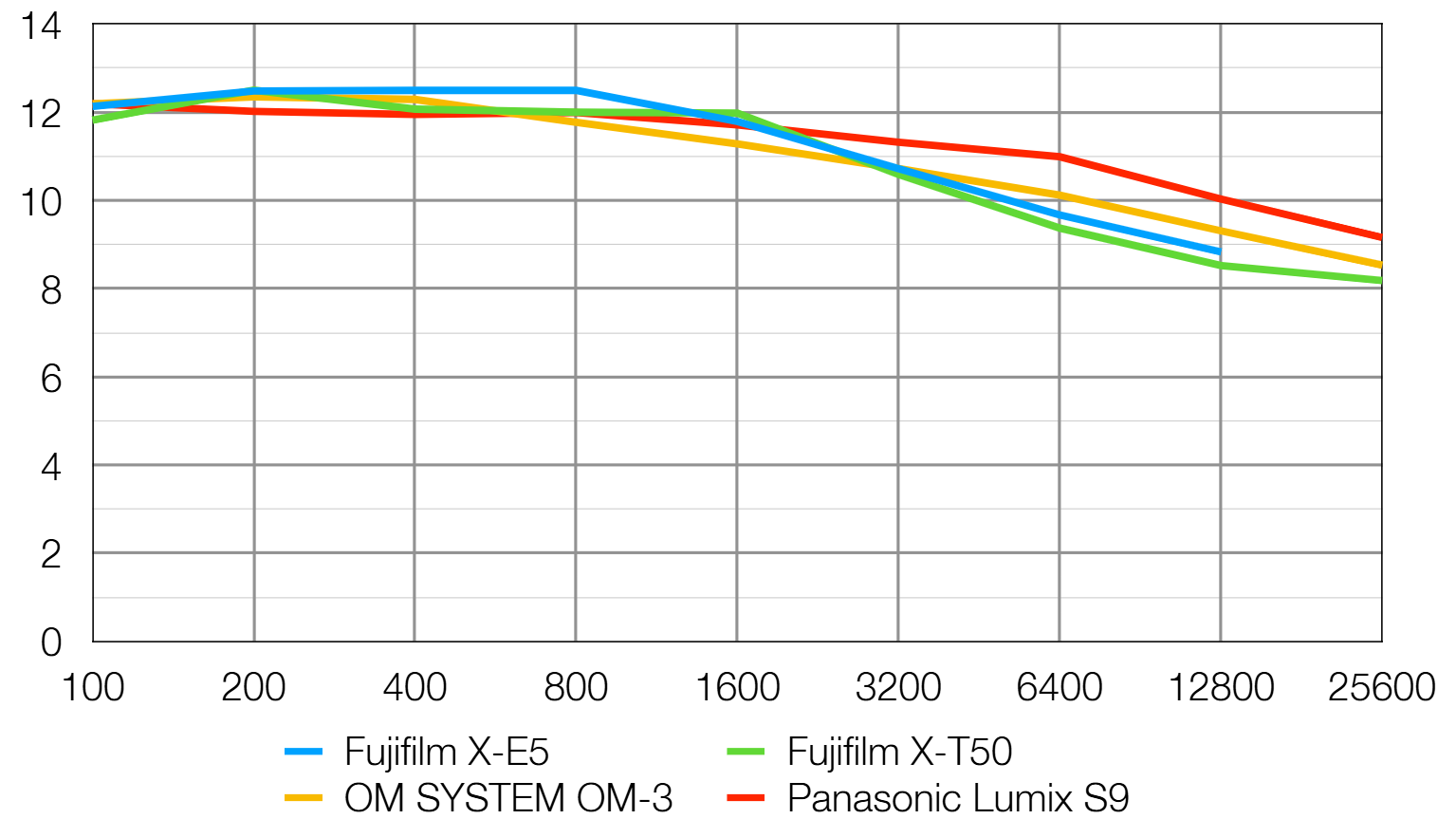
Dynamic range is a measure of a camera's ability to record extreme brightness ranges and still retain detail in the brightest and darkest parts of the scene. It's measured in EV (exposure values, or 'stops').
The X-E5 captures excellent dynamic range at low sensitivities, however the limitations of its APS-C sensor become apparent as you push past ISO 1600, where the full-frame Panasonic wins out.
Signal to noise ratio (decibels):
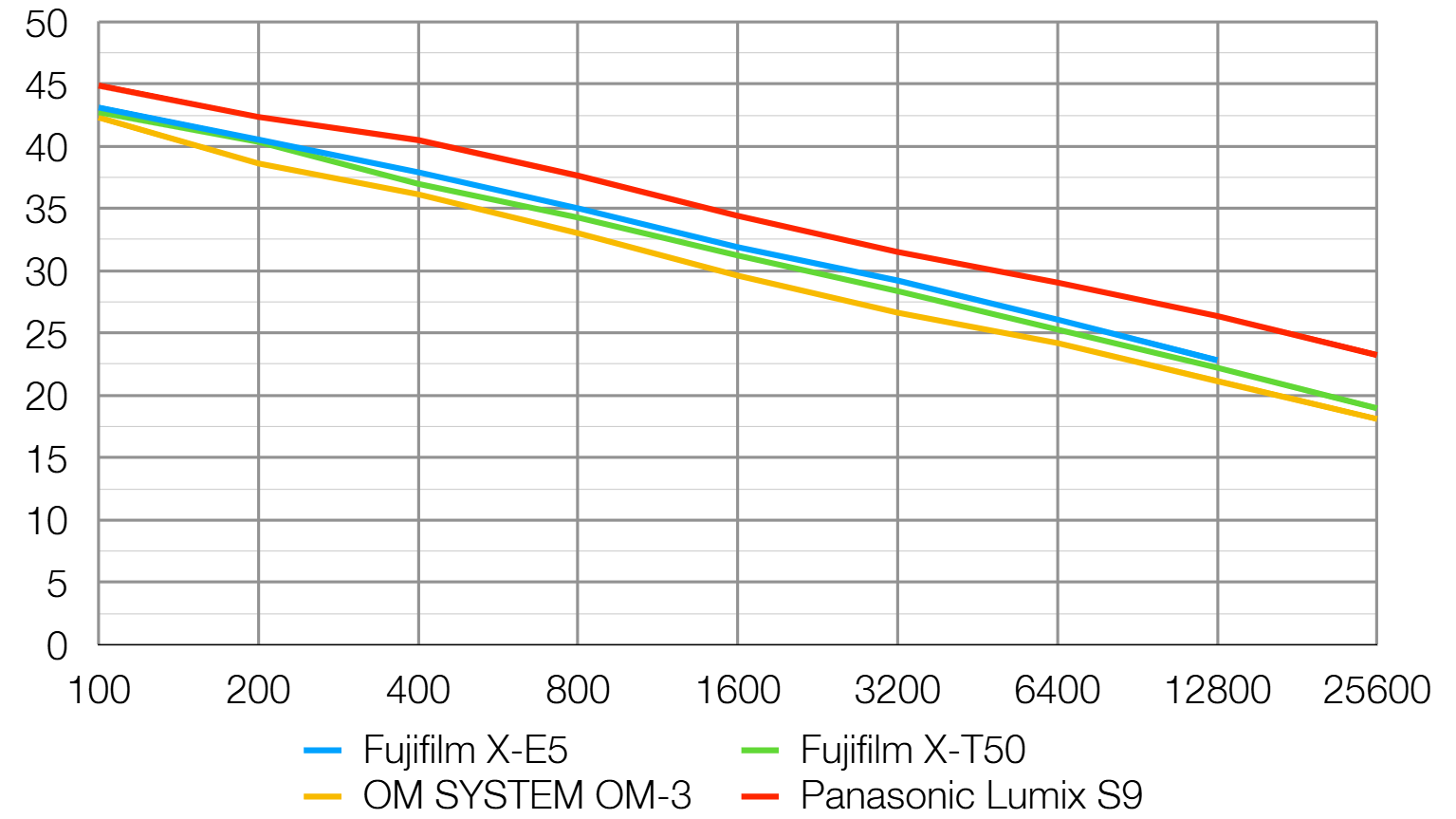
This test compares the amount of random noise generated by the camera at different ISO settings as a proportion of the actual image information (the 'signal'). Higher values are better and we expect to see the signal to ratio fall as the ISO is increased.
Thanks to 'only' having 24.2 megapixels, spread over a large full-frame sensor, each individual pixel on the Lumix S9's sensor is large, and therefore has better light sensitivity. This in turns makes each pixel less susceptible to noise, resulting in a winning performance in our signal to noise ratio test. Considering its high pixel count and relatively small APS-C sensor, the X-E5 does well to come in second though.
Fujifilm X-E5: Verdict
The Fujifilm X-E5 is in almost every way exactly the camera I hoped it would be. The X-E4 took a few missteps in design and build, but the X-E5 corrects course, taking the best of the X-E line and the Fujifilm X100VI. Still continuing the path of a small pocketable rangefinder-style design, but the build feels so much more premium than the previous model, down to the new rope strap. The return of the grip means the X-E5 is just so much more ergonomic to hold with small lenses, although the camera is still small and very light.
There are also a few welcome design additions. The new film simulation dial is finally a design I can get along with. Hidden under the top plate, it is unobtrusive, and most importantly, means the X-E5 doesn’t have to lose a dial. The front lever also gives some incredibly valuable custom buttons to a body that lacks the space for more controls. Its not a perfect score, though. The X-E5 does, unfortunately, miss out on a flash, and pairing the camera with big lenses throws the ergonomics off, but is that really the purpose of this camera anyway?
I liked the X-E4 for what it was; it was a cheap alternative to the X100V at the time, which also had the freedom of changing lenses if the moment called for it, and the affordability of the camera made it easy enough to look past its flaws. Here is where the X-E5 has an issue in the US – at $1,600 for the body only, this is significantly more expensive than the similar X-T50, more expensive than the X100VI, and the same price as the superior X-T5! Although in other countries the price is far more reasonable, but still a hefty jump on the X-E4.
Alternatives
The Fujifilm X100VI is essentially the exact same camera as the X-E5, although with a fixed lens – but if you don’t plan on switching out the X-E5’s bundled 23mm lens, then you get a slightly smaller package with the X100VI, with a slightly larger aperture.
Read the full Fujifilm X100VI review
If you are sold on everything but the rangefinder design of the X-E5, then the Fujifilm X-T50 shares nearly all the same specs as the X-E5, but has a more traditional SLR style body, with a slightly deeper grip if you plan to use some bigger lenses
Read the full Fujifilm X-T50 review

Gareth is a photographer based in London, working as a freelance photographer and videographer for the past several years, having the privilege to shoot for some household names. With work focusing on fashion, portrait and lifestyle content creation, he has developed a range of skills covering everything from editorial shoots to social media videos. Outside of work, he has a personal passion for travel and nature photography, with a devotion to sustainability and environmental causes.
You must confirm your public display name before commenting
Please logout and then login again, you will then be prompted to enter your display name.
